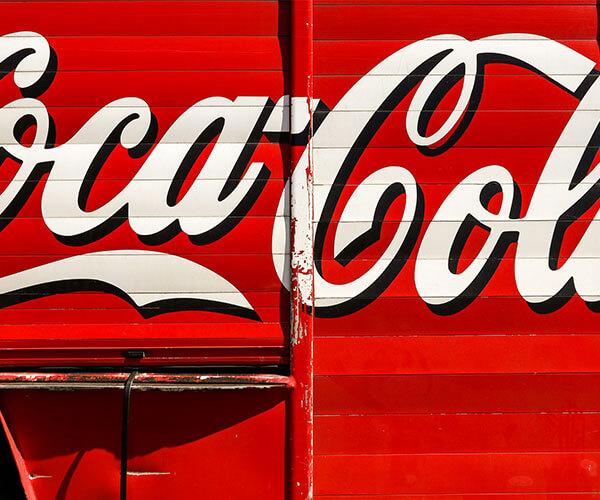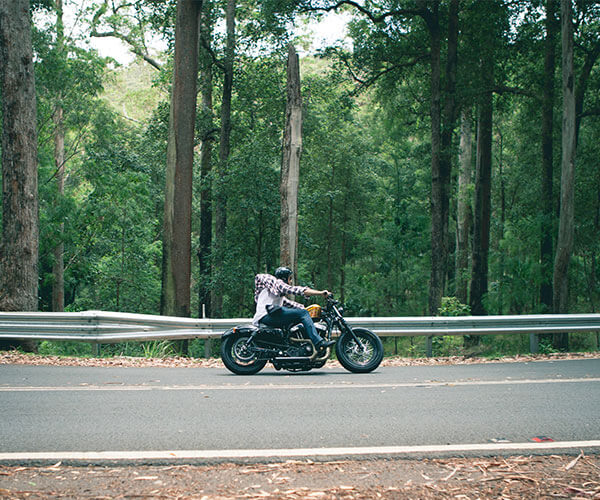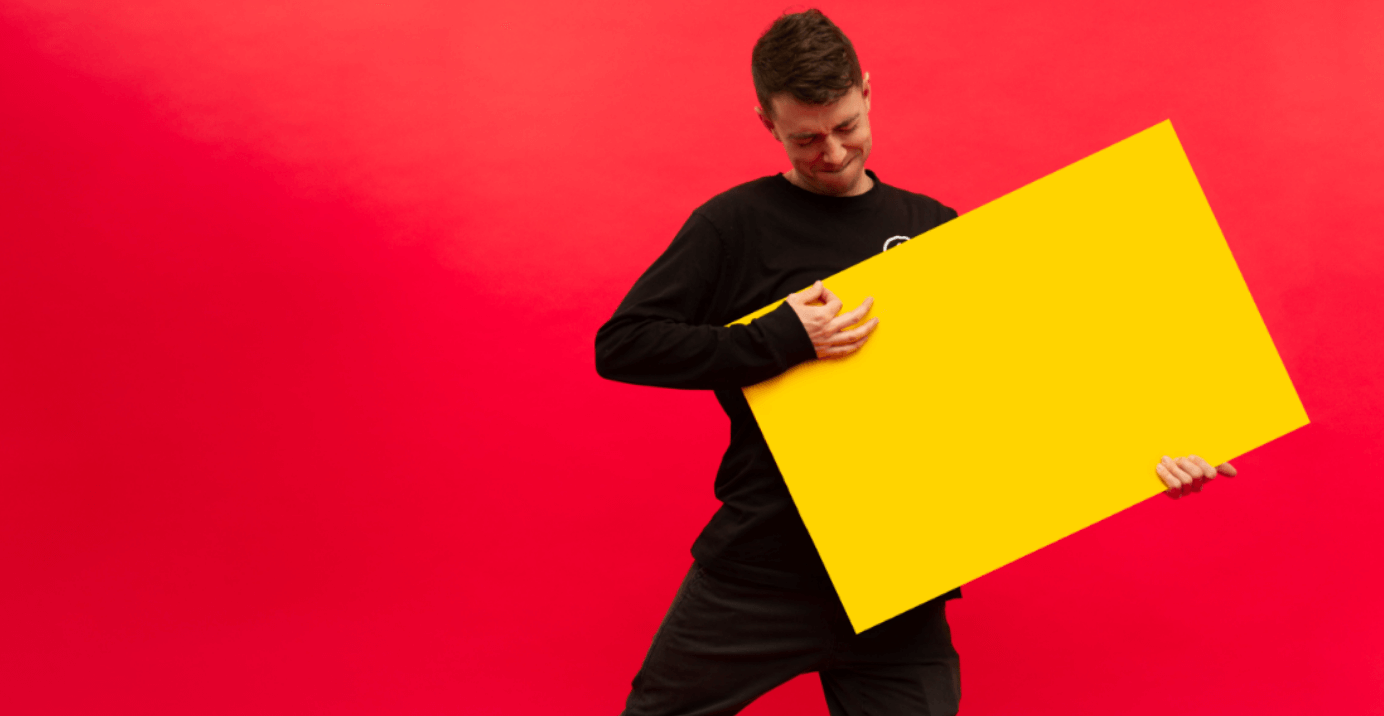The Importance of Brand Archetypes in Branding
As humans we rely on the ability to connect with each other – not products or services. That’s why when a brand takes on an archetype character, it increases the brand’s ability to emotionally connect. An emotional connection with your brand creates engagement and an environment of trust, which ultimately helps to facilitate sales.
The word Archetype is from the Greek words “arche” and “typos” each of which means “beginning” and “imprint”, and was first studied by psychiatrist Carl Jung in the early 20th century. Fast forward to the beginning of this century, Carol Pearson and Margaret Mark (both leadership consultants) explored Jung’s concepts, applying them to business and marketing. In that analysis, they identified twelve individual ‘archetypes’. Additionally, with their book ‘The Hero and the Outlaw: Building Extraordinary Brands Through the Power of Archetypes’, they outlined the specific traits and values identified in each archetype.
Archetypes are the heartbeat of a brand because they convey a meaning that makes customers relate to a product as if it actually were alive in some way, they have a relationship with it and care about it. – The Hero and the Outlaw: Building Extraordinary Brands Through the Power of Archetypes
What are the 12 Brand Archetypes?
The archetypes first identified by Carl Jung and later applied by Carol Pearson continue to resonate with us. They’ve been appearing in word-of-mouth stories, myths, movies and novels since time began. Each type symbolizes the most basic of human motivations, desires and goals and each has its own set of values, meanings and personality traits which drive it.
Here is an outline of the twelve archetypes and their traits.

The Innocent
Goal: Happiness
Fear: Punishment for doing something wrong
Weakness: Too trusting of others
Traits: Is pure, naive, optimistic, moral, loyal, and with a sense of romanticism strives to be good. They have a positive outlook and a happy-go-lucky personality, always looking for the silver lining.
Marketing application: Typically a company with strong values, good virtues, which is seen as reliable and honest.
Example Brands: Coca-Cola or Dove
The Regular Guy
Goal: Belonging
Fear: Being left out, or standing out from the crowd
Weakness: Cynicism
Traits: Dependability, unpretentious, realism, grounded, honest and open, pragmatic
Marketing application: The Regular Guy seeks connection and is in search of where they fit in the world. In doing so The Regular Guy is a member of many groups and communities
Example Brand: Toyota.
The Hero
Goal: To help others while protecting the weak
Fear: Being perceived as weak
Weakness: Always needing another battle to fight
Traits: Courageous, honorable, just, inspiring
Marketing application: In their quest for justice and equality The Hero has a strong sense of right and wrong. Always willing to stand up to powerful forces, The Hero thrives on standing up for those weaker than themselves
Example Brands: Nike, BMW.
The Caregiver
Goal: Helping others
Fear: Being perceived as selfish
Weakness: Easily exploited by others
Traits: Compassion, a giving and generous spirit, caring, nurturing, selfless
Marketing application: Caregivers help people to care for themselves and serve the public with their empathy and compassion.
Example Brands: Heinz, Johnson & Johnson.
The Explorer
Goal: To experience a full life through discovery
Fear: Being forced to conform or becoming trapped in life
Weakness: Little ability to stick with things, driven by an aimless wandering, non-mainstream
Traits: Adventurous and pioneering spirit, independence, restlessness, one of a kind individualism
Marketing application: The Explorer is happiest when they are experiencing new things, taking risks and being authentic. However, this drive for exploration means The Explorer can find it difficult to stick with things, such as maintaining a job or a relationship (unless of course, the environment is one in which a lot of freedom to explore is offered)
Example Brands: Jeep, Red Bull.
The Rebel
Goal: To overturn the establishment, breaking the rules and fighting authority
Fear: Having a lack of power
Weakness: They can run too far with their rebelliousness and become obsessive about it
Traits: Big, bold and inspiring ideas. Rebellious, wild. Change makers.
Marketing application: Rebels see the world differently: when they spot something that isn’t working, the aim to implement change. They’re an agent of change who breaks with typical conventions, for The Rebel, rules are meant to be broken.
Example Brands: James Dean, Harley-Davidson.

The Lover
Goal: Harmony in relationships, intimacy and love
Fear: Being unwanted or unloved
Weakness: The Lover pleases others at risk to their own sense of self. Too selfless, they will avoid conflict
Traits: Passion, idealism, commitment, romance
Marketing application: The Lover values harmony in all that they do above all else. They build relationships, helping others feel appreciated and like they belong in an environment of intimacy.
Example Brands: Victoria’s Secret, Marie Claire.
The Creator
Goal: The creation of things of considerable value, whether meaningful or enduring
Fear: Failing to create anything that is considered valuable to society
Weakness: Constantly striving for perfection in all that they create, paralyzed for a fear of not being exceptional, often at times impractical
Traits: Creativity, strong imagination, individualistic streak, artistic and entrepreneurial
Marketing application: Creators are visionaries who help customers express or create. Born to bring something new into existence in the world The Creator has vision, imagination and inspiration and a strong sense of self-expression.
Example Brands: Apple, Lego.
The Jester
Goal: To bring light into the world by making others laugh
Fear: To be perceived as boring
Weakness: Frivolity and hiding behind humor. Can be seen as disrespectful
Traits: The Jester sees the funny side of everything, and uses humor to bring about positive change. They’re fun, impish and a little irreverent bringing a sense of light-heartedness to all that they do
Marketing application: The Jester ultimately wants to make people happy. They will humor to change perceptions, help people to have a good time, or allow others to also be spontaneous.
Example Brands: Ben & Jerry’s, Skittles.
The Sage
Goal: To understand the world and teach others by drawing upon a sense of wisdom and intelligence
Fear: Ignorance or being perceived as unintelligent
Weakness: Because their opinions are driven by information, The Sage is often unable to make decisions. The Sage can also be too opinionated.
Traits: A curious and thoughtful nature, and an intelligent and wise mind, a mentor and trusted source of information to others
Marketing application: The Sage (through absorbing and analyzing information) wants to help people to better understand the world
Example Brands: Audi, Phillips.
The Magician
Goal: The Magician makes dreams come true by understanding the laws of the universe
Fear: That their actions bring about unintended negative consequences
Weakness: A risk-taker who can lean towards being manipulative or egotistical
Traits: A strong sense of vision, combined with a highly charismatic personality, The Magician is both imaginative and idealistic
Marketing application: With a strong belief in their ideas, armed with their charming nature and driven by a sense of sharing those ideas with others, The Magician helps to transform the world and inspire change.
Example Brand: Disney.
The Ruler
Goal: The creation of a community which is both prosperous and successful
Fear: Being undermined or overthrown
Weakness: Being too authoritative or over-controlling
Traits: A responsible nature that easily leads. A role model who is organized and responsible
Marketing application: The Ruler (who loves to be in control) has a clear vision for what will work in any scenario. They are able to help restore order, organization, and a sense of stability and security in the world.
Example Brands: Rolex, Mercedes-Benz.

How to Apply Your Brand Archetype to your Brand Messaging
Now that you’re knowledgeable in the twelve archetypes, you can use them to understand what motivates and drives people to build a powerful and purposeful brand. In fact, by applying an archetype to a brand and relating that archetype in marketing tactics (such as your website), you can create an instant impression, forming immediate trust with consumers. Why? As archetypes require less cognitive processing your brand personality will feel immediately familiar to your customer. By unconsciously connecting your brand personality with your audience you can create a swell of brand loyalty, a sense of community, highly engaged consumers and customers who convert.
FlowState Marketing can help you define a brand archetype that drives your brand messaging and identity. We’ll help you to create an archetype that differentiates you from your competitors, creates an emotional connection with your audience, and ultimately, builds empathy for your brand.
First published on 4.19.2019 – updated on 3.31.2020
